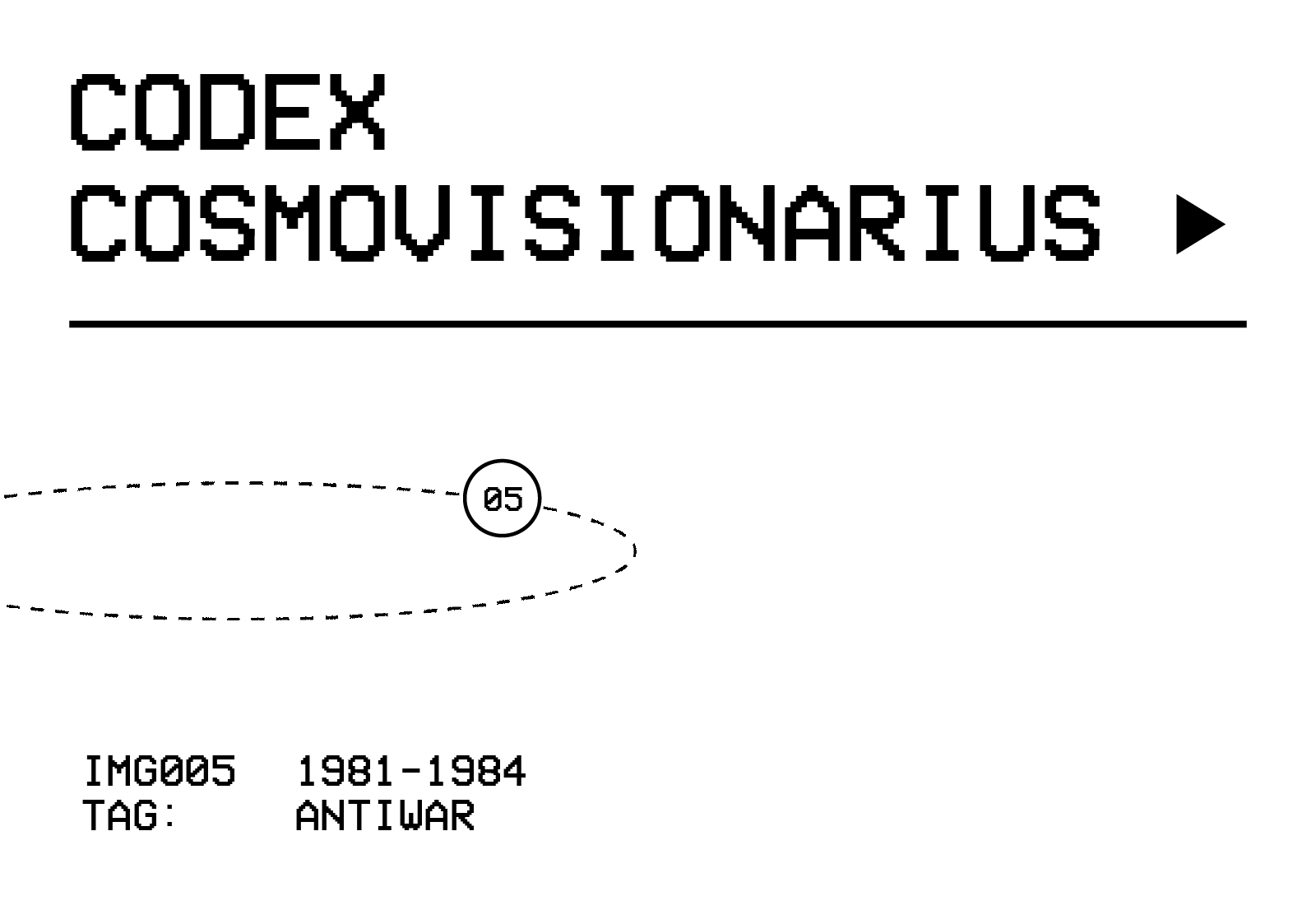
The Four Immigrants Manga
Author
Nina Zurier
Decade
1900s 1910s 1920s 1930s
Tags
Activism
Mark Hopkins
Natural Disasters
Politics
Publications
Racial Justice
In 1931, at the height of the American comic influence in Japan, Henry Kiyama introduced manga to the United States, nearly fifty years before it would begin to be widely published here. Arriving in San Francisco in 1904 at the age of nineteen, Kiyama aspired to “study art, to eventually contribute to the art world back home in Asia.” He joined other Japanese young men living in the Bay Area who went to school and worked as “houseboys,” performing chores for families in the mornings and evenings. Kiyama pursued his interest in art by attending San Francisco Art Institute, then called the Mark Hopkins Institute of Art.
Records from 1914 show that Kiyama paid a monthly tuition of $5.50 to attend a popular night drawing course at the school. In the 1910s, his work began to capture some interest, garnering awards and press mentions and being shown regularly around the city. In 1927, Kiyama exhibited a new series of cartoon drawings at the Golden Gate Institute social hall. This was the first time he had ever publicly shown work of a cartoon nature and was a serious departure from the figurative work that had earned him his reputation. The exhibition received mixed reviews, and a columnist from the Nichi Bei (The Japanese American News) wrote: “I do not know what sort of negotiations Mr. Kiyama had with the newspapers when he first came up with his plan for this work, but is it extremely unfortunate for him that it was never serialized. Had it been serialized on a weekly basis in a newspaper, it might well have been a more satisfying work overall.”
Four years later, Kiyama returned from a trip to Japan with copies of these same cartoons bound into a book, The Four Immigrants Manga, with the back page listing the publisher as Yoshitaka Kiyama, 1901 Sutter Street, San Francisco. This recently revealed work is a document of extraordinary critical interest. Exposing its author’s creative and personal outlook as a Japanese immigrant in San Francisco at the turn of the twentieth century, it offers a framework for understanding the contemporary manga that permeate the current global literary and visual scene. The work as we have it today, reproduced and translated by manga scholar Frederik L. Schodt, comprises fifty-two episodes on topics ranging from “Arrival in San Francisco” and “Working on a Farm” to “News of a Parent’s Death,” “The Great San Francisco Quake,” and “Prohibition,” with much attention throughout to notions of identity, otherness, fantasy, and gender. A complex work, The Four Immigrants Manga can be said to unfold at the intersection of three cultural domains. The first is the private life of the Japanese immigrant immersed in American culture for the first time, in which identity is renegotiated, racism experienced, and personal fantasies and tragedies transpire alongside the melding of languages and the day-to-day acts of growth and survival. The second is the particular historical context of San Francisco between the years 1904 and 1924, for which the Russo-Japanese War, the great San Francisco earthquake and fire, the Panama Pacific Exposition, the onset of World War I, and the Immigration Act of 1924 provide a cultural setting. And third are the systems of viewing and reading manga, the traditions of humor, stylization, and caricature, the adaptation of Western methods of framing and sequencing comics, and the merging of text and image to communicate a narrative. While Kiyama’s manga can be separated into these domains through analysis, it exists physically as a complex and cohesive work and its significance is all the greater when understood as part of the history of contemporary manga.
—excerpt from an article in the San Francisco Art Institute magazine (Winter 2005) by Lucy Martin Mulroney
NZ

